
Dec 10, 2025 • 10 min read
While Guatemala is famous for ruined pyramids and dramatic volcanoes, its beaches give you plenty of sublime stretches of shoreline to enjoy.

Dec 10, 2025 • 10 min read
While Guatemala is famous for ruined pyramids and dramatic volcanoes, its beaches give you plenty of sublime stretches of shoreline to enjoy.

Dec 10, 2025 • 4 min read
TSA has just recently introduced another alternative called TSA Confirm.ID – but it will cost you. Here's everything US travelers need to know.

Dec 10, 2025 • 7 min read
St-Martin may be quieter than its glitzy Dutch neighbor but it still packs a punch. Plan your trip now with our first-timer's guide.

Dec 10, 2025 • 7 min read
From ancient fortresses to tranquil Buddhist villages, Bhutan offers so much stunning beauty and rich culture. Here are the top 9 places to check out.

Dec 10, 2025 • 4 min read
Cairo is famously hot, and travelers can better experience the city at its fullest in some months. Plan the perfect time to visit with this seasonal guide.
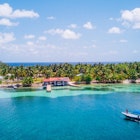
Dec 10, 2025 • 8 min read
Belize has some spectacular beaches, but they're not always easy to find. Here's our pick of the best.
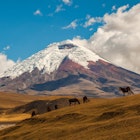
Dec 10, 2025 • 17 min read
Here’s a month-by-month guide on the best places to visit in every month of 2026.

Dec 9, 2025 • 5 min read
This cosmopolitan city on Morocco's southern coast is known for its beaches, modern architecture and plentiful sunshine. Here's how to experience it.
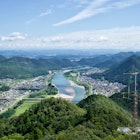
Dec 9, 2025 • 7 min read
Away from the bustling crowds of Japan’s recent tourist boom, this relaxed and rural prefecture is worth putting on your itinerary.
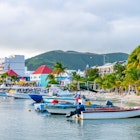
Dec 9, 2025 • 7 min read
From when to go and what to do, to how much it will cost: here's everything you need to know when you arrive in Sint Maarten.
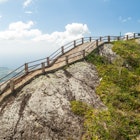
Dec 9, 2025 • 8 min read
You may head to Cuba for the beach, but the country's hiking landscape across its little-explored network of national parks is truly an unsung hero.

Dec 9, 2025 • 7 min read
Here's what you need to know for a trip to dazzling Santorini, the instantly recognizable star of the Greek islands.
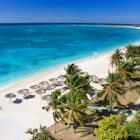
Dec 9, 2025 • 5 min read
Cuba's beach scene is impeccable, from its white sand and crystal clear waters to its relaxed feel and countless outdoor activities.

Dec 9, 2025 • 6 min read
Cairo is a huge city that knows no bounds, so choosing the perfect place to stay makes all the difference – these neighborhoods are the best for visitors.

Dec 9, 2025 • 6 min read
Shimmering turquoise lakes, epic mountain vistas and outstanding outdoor activities – Kananaskis Country has all the action of Banff with fewer crowds.

Dec 9, 2025 • 4 min read
Explore Aruba beyond Arikok National Park with this day-long driving itinerary to local shops, restaurants and towns.

Dec 9, 2025 • 9 min read
Maximizing American employer PTO is a complex calculus. Here's a formula to time it best and book some amazing bucket list trips.

Dec 9, 2025 • 5 min read
From isolated coves with stunning scenery and see-and-be-seen fashionable spots to family-friendly waters, these are Sicily's top beaches.

Dec 9, 2025 • 7 min read
Berlin is one of the most vibrant, fun and welcoming cities in Europe. These insider tips will make your first visit the best it can be.

Dec 9, 2025 • 12 min read
Paris world-class art, shopping, eating, and more. Of course, that much of it can't be matched elsewhere is why the city ranks so high on travel wishlists.

Dec 9, 2025 • 8 min read
Aruba can be an adventurous escape or soothing getaway. Plan the trip you need with the lowdown on when to go, what to see and how much it costs.
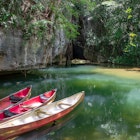
Dec 9, 2025 • 7 min read
Find out everything you need to know about the climate, costs and customs in Belize so you can unplug on its beaches or dive into its jungle adventures.